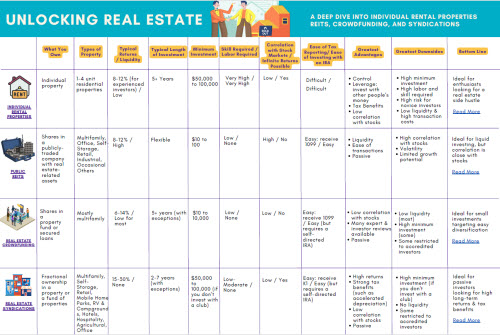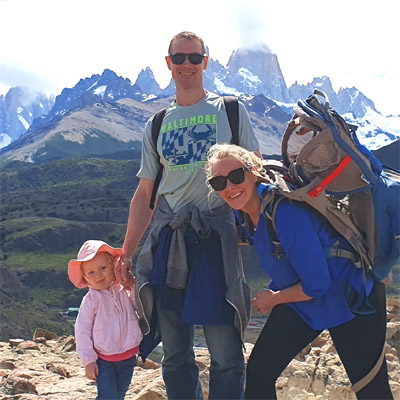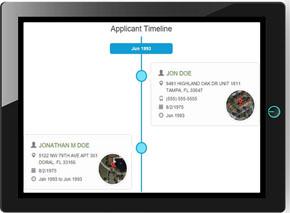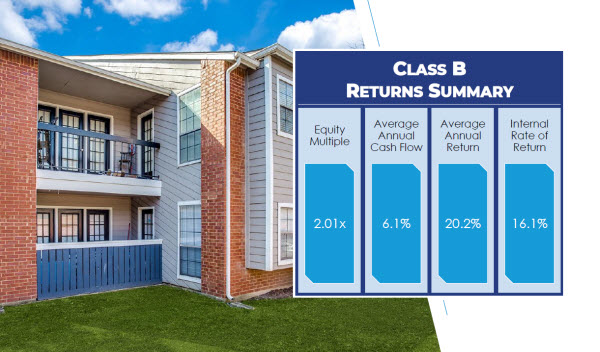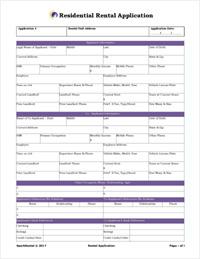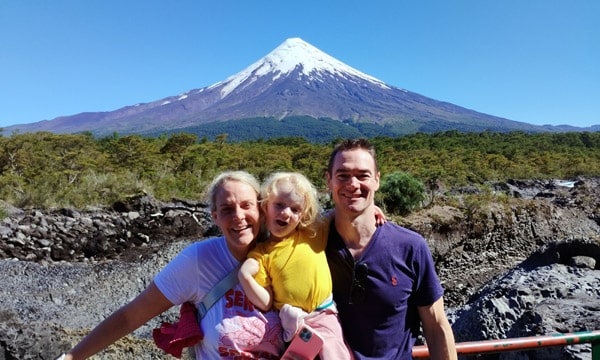At a Glance:
-
-
There are more dimensions to investments than just risk and returns.
-
That’s why some investments can come with high returns and low or moderate risk but have other drawbacks.
-
Tomorrow, the Co-Investing Club is meeting to vet a land fund that has paid 16% distributions since inception, that we’re bringing back because we’ve been so happy with it.
-
Most people think one-dimensionally about investments.
Literally one dimension: a line measuring risk and return. They think these two factors always go hand in hand, with high risk and high returns at one end of the spectrum, and low risk and low returns at the other.
Disclaimer
The information provided on this website is for general informational purposes only and should not be construed as legal, financial, or investment advice.
Always consult a licensed real estate consultant and/or financial advisor about your investment decisions.
Real estate investing involves risks; past performance does not indicate future results. We make no representations or warranties about the accuracy or reliability of the information provided.
Our articles may have affiliate links. If you click on an affiliate link, the affiliate may compensate our website at no cost to you. You can view our Privacy Policy here for more information.

In reality, investments are multi-dimensional. Other dimensions besides risk and returns include:
-
-
Liquidity
-
Time commitment
-
Tax advantages
-
Minimum investment
-
Access for non-accredited investors
-
Percentage of people who understand the investment
-
The company or investment operator’s ability to attract investors
-
Personal values
-
To illustrate this point, imagine someone pitched an oil and gas investment to an environmental activist. It wouldn’t matter how high the returns were or how low the risk was the activist wouldn’t invest.
See? There’s more to investments than just risk and returns.
Case Study: Land Fund Paying 16% Distributions
(I don’t know how that owl ended up with three legs but just go with it)
Tomorrow the Co-Investing Club is meeting to vet this month’s investment: a land fund that pays 16% in quarterly distributions.
The fund has paid on time every quarter since inception. The operator consistently earns 30-35% net profits in the business’ land investments.
We know firsthand, because we invested with them last year too.
“Yeah, but past performance doesn’t guarantee future results, right?”
Of course. Every investment comes with risk. But this operator is a veteran land investor with plenty of experience who has consistently performed.
Let me propose an alternative question: If this investment truly offers asymmetric returns (high returns with moderate risk), what are the tradeoffs on the other dimensions?
This Investment’s Other Dimensions
Here’s how this land fund stacks up on the other dimensions:
-
Liquidity: None
-
Time commitment: 4 years
-
Tax advantages: None
-
Minimum investment: $50,000 (if you invest by yourself; Co-Investing Club members can invest $5K)
-
Access for non-accredited investors: Yes
-
Percentage of people who understand the investment: Very low
-
The operator’s ability to attract investors: This company excels at land investing, not marketing
-
Personal values: Non-controversial
As you can see, there are tradeoffs for those high returns with moderate risk. You have to lock up your money for four years. The fund doesn’t come with tax advantages, unlike some other passive real estate investments.
You also benefit from the fact that most people don’t know anything about land investing, and this operator doesn’t have a slick marketing department. There isn’t a herd of investors all tripping over each other to throw money at them (unlike, say, AI companies).
Starting to see how some investments can offer high returns with moderate risk?
Want to compare investment property loans?
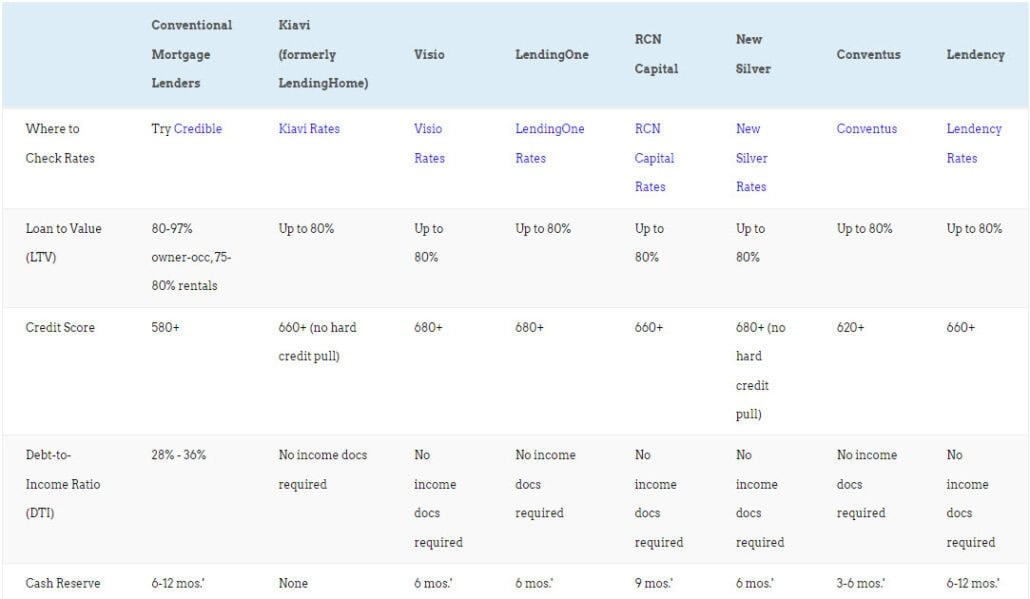
What do lenders charge for a rental property mortgage? What credit scores and down payments do they require?
How about fix-and-flip loans?
We compare the best purchase-rehab lenders and long-term landlord loans on LTV, interest rates, closing costs, income requirements and more.
Come See How Deal Discussions Work
If you’re curious about how the Co-Investing Club works, come join tomorrow’s call. Join the Co-Investing Club as a free member and you’ll get an emailed invitation.
You can see how we all grill the operator together, then kick them off the call so we can have an internal discussion about risks, returns, and all the other dimensions of the investment.
As always, I’ll be investing my own personal money as just one more member of the Co-Investing Club.





